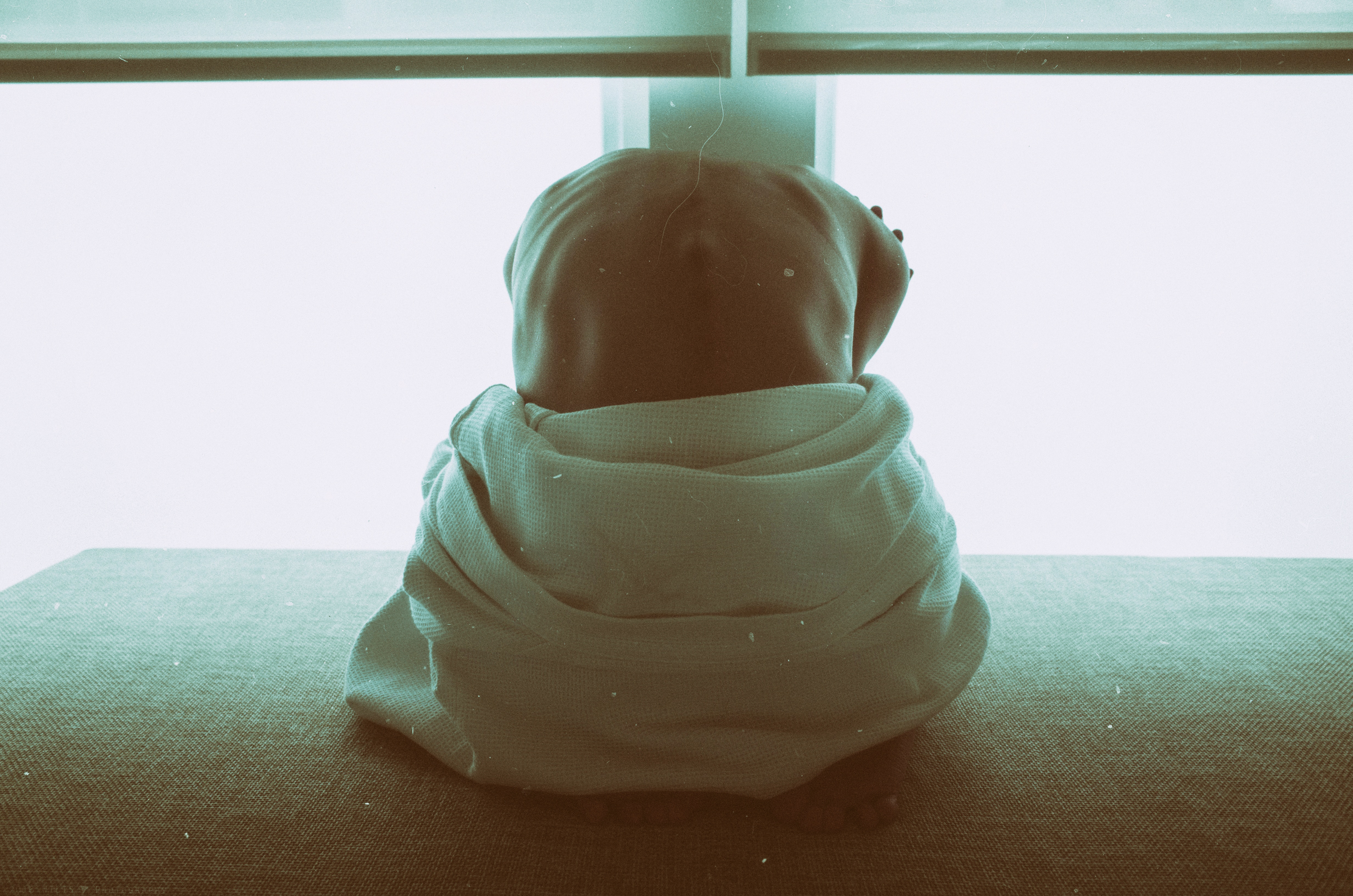
Nothing pisses off a back pain sufferer more than hearing someone say, “It’s all in your head.” But that’s basically what Seattle spine surgeon David Hanscom, M.D., has told more than 600 of his patients. And after three to six months on his plan – without any prescription medication or even exercise or weight loss – 95 percent of them, he says, have seen significant back pain relief.
How? Although most people experience lower-back pain at some point in their life, doctors often can’t find the cause. They might prescribe painkillers or schedule surgeries with potential side effects, says Dr. Hanscom. Take the case of Golden State Warriors head coach Steve Kerr. After back surgery, Kerr developed a new problem: leaking spinal fluid, which can cause headaches, nausea, hearing impairment, and more.
Even “successful” operations to correct anatomical issues don’t always end pain. The reason? “Back pain begins as a muscular problem but gets embedded as a neurological problem,” Dr. Hanscom says. Pain is transmitted via nerves, and “those that fire together wire together,” he says. You actually become more sensitive to pain anywhere.
RELATED: 4 Knee-Friendly Exercise Modifications For Knee Pain Relief
What’s more, Northwestern University researchers studying MRI scans of people with achy backs found that brain activity related to pain switched from the brain’s pain-processing center to its emotional centers. Just as stress, anxiety, anger, or depression can trigger a headache, it can also provoke a flare-up of back pain. “You feel the same pain, but a different neuronal driver is running the show,” says Dr. Hanscom.
“It’s a cycle in which physical pain can cause mental pain and mental pain can cause physical pain,” says Robert Gatchel, Ph.D., a psychologist who studies chronic pain at the University of Texas. “But you can’t really tell which came first, because there is constant interaction between the two.”
Learn more about the neurological roots of pain – and how to find back pain relief- in the pdf below!
Originally written for Men’s Health magazine.


